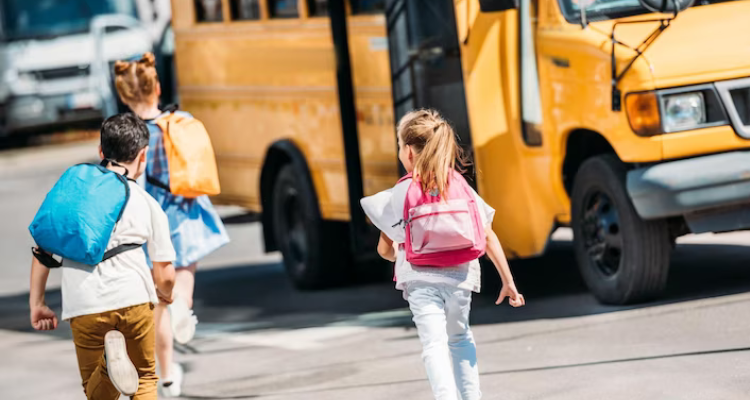
Every school day, millions of children across the world step onto school buses to embark on their educational journey. For many, the school bus is their first mode of transportation outside of their family car, and it plays a crucial role in ensuring they arrive at school safely and ready to learn. However, the importance of safe school bus transportation extends far beyond just getting students to school. In this article, we'll delve into the significance of safe school bus transportation and the impact it has on students, families, and communities.
Safety First: Protecting Our Most Precious Cargo
Safety is paramount when it comes to school bus transportation. School buses are among the safest modes of transportation on the road, thanks to their design, construction, and strict safety regulations. They are equipped with features like flashing lights, stop signs, and high-backed seats to protect students in the event of an accident. Additionally, school bus drivers undergo extensive training to ensure the safety of their young passengers. The commitment to safety ensures that parents can trust that their children are in good hands during their daily commute.
Equal Access to Education: Bridging the Gap
Safe school bus transportation plays a critical role in ensuring equal access to education for all students. It levels the playing field by providing transportation for students who may live too far from school or face barriers to getting there by other means. This inclusivity helps bridge the educational gap and ensures that every child, regardless of their circumstances, has the opportunity to attend school and receive a quality education.
Reduced Traffic Congestion: A Community Benefit
School buses also benefit communities by reducing traffic congestion during peak school hours. Imagine the chaos on the roads if every student were driven individually to school. School buses efficiently transport large groups of students, reducing the number of cars on the road and easing traffic for everyone. This not only saves time but also contributes to a reduction in air pollution and greenhouse gas emissions.
Environmental Impact: A Greener Choice
Speaking of the environment, school buses are a greener choice when it comes to student transportation. They are more fuel-efficient and produce fewer emissions per passenger than private vehicles. By promoting the use of school buses, we take a step towards a more sustainable future by reducing our carbon footprint and preserving the environment for future generations.
Educational Routine: Establishing Consistency
Safe school bus transportation also helps establish a consistent daily routine for students. The structured schedule of school bus pickup and drop-off times provides students with a sense of predictability and responsibility. This routine can positively impact their time management skills and overall academic performance.
Community Bonding: A Hub of Interaction
School buses often serve as a hub of social interaction for students. They provide an opportunity for students to build friendships, share stories, and form bonds with their peers. These interactions on the bus can contribute to a sense of belonging and a stronger sense of community within the school.
Conclusion
Safe school bus transportation is more than just a means of getting students to school; it's a cornerstone of education and community life. It ensures the safety of our most precious cargo, provides equal access to education, reduces traffic congestion, and makes a positive impact on the environment. Beyond that, school buses foster routine, discipline, and social connections among students. As we appreciate the yellow buses that crisscross our communities, let us also recognize the vital role they play in shaping the future and creating a safer, more inclusive, and environmentally friendly world for generations to come.
More Info Book A Ride Request A Quote















.png)
.png)








Leave Your Comment & Rating Below
0 Comment(s)